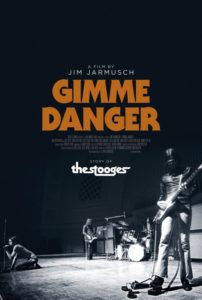 Jim Jarmusch’s favorite band, it turns out, is the Stooges, who released three albums between ’69 and ’73, none of them well received by critics or the public at large, before breaking up in ’74 and then, slowly but surely, becoming hugely influential. They were the original punks before punk became a thing.
Jim Jarmusch’s favorite band, it turns out, is the Stooges, who released three albums between ’69 and ’73, none of them well received by critics or the public at large, before breaking up in ’74 and then, slowly but surely, becoming hugely influential. They were the original punks before punk became a thing.
Jarmusch’s new documentary, Gimme Danger, tells the story of the Stooges and their frontman, James Osterberg AKA Iggy Pop, not as a critical assessment or historical document so much as a love letter. It’s a recounting of greatness. Not the worst thing, but neither is it innovative or challenging.
I might have expected a little more oddness coming from Jarmusch, but for the most part Gimme Danger plays as a standard music doc. It begins with an intro from ’73 with the Stooges completely falling apart on tour, shortly before their dissolution, then flashes back to the beginning to tell their story chronologically.
All of the surviving Stooges are interviewed, and clips of old interviews are included for the ones who’ve died. Iggy Pop is the focal point, and makes for an entertaining story-teller (and surely he’s pals with Jarmusch, who cast him Dead Man way back in ’96). He grew up in a trailer in which his parents actually allowed him not only to keep his drum set but to play it all he wanted. Nice parents.
So Iggy was a drummer. Dropped out of high school, went to Chicago, played with a lot of blues guys, whom he admired, but he realized two things: he didn’t want to play straight up blues, and he didn’t want to be a drummer and spend the rest of his musical life looking at other people’s asses (as in, being behind everyone else on the drums, that’s your view).
He hooked up with Ron and Scott Asheton and Dave Alexander and formed the Psychedelic Stooges, which while in ways was proto-punk, was also, as advertised, pscyhedelic and avant garde, inspired more by the Mothers of Invention than the blues.
When they decided to drop the “psychedelic” from their name, they worried about the Three Stooges suing them. So one of the band called up Moe Howard and asked him if he minded. Moe told them that as long as they weren’t the “Three” Stooges, they could call themselves whatever the fuck they wanted.
From there it was a quick shot to fame. Signed by Danny Fields of Elektra, their first album produced by John Cale of the Velvet Underground (another band whose records sold terribly but who went on to influence generations of musicians), touring like mad, Iggy proving to be a madman on stage, such as, among other antics, inventing the stage dive (or so it is claimed).
But they were young and crazy and had no idea what they were doing, and everything fell swiftly apart.
Jarmusch has ample access to photos and footage of the young band and keeps the movie grooving right along. He also relies heavily on inserting random film clips to illustrate stories told by his interviewees. Maybe he overdoes it a bit.
The movie reaches a natural feeling of closure once the band dissolves in ’74. But then it keeps going. Turns out the Stooges reunited in the mid-aughts, toured a bit, played Coachella, recorded an album. It’s like a coda that goes on way too long. I didn’t care so much about their old-man antics as I did their crazy kid ones.
The best documentaries are fascinating to watch regardless of their subject matter, because like any great art, it’s not the what, it’s the how. How it’s made is the important part, not what it’s about. If it’s masterfully put together, you’ll weep watching a doc about the history of lawn ornaments.
Gimme Danger is not that movie. If you already love the Stooges, great, you’ll love the movie. If you want to learn about the Stooges, you’ll at the very least enjoy learning about the Stooges. If you have no interest in the band and no interest in having such an interest, I have a wonderful documentary on the history of lawn ornaments to recommend.

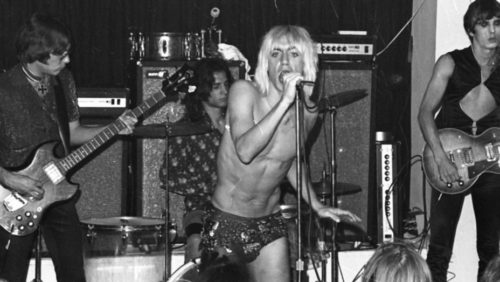
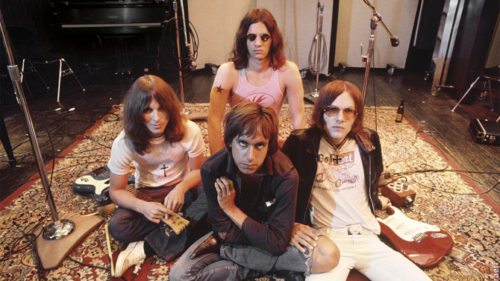
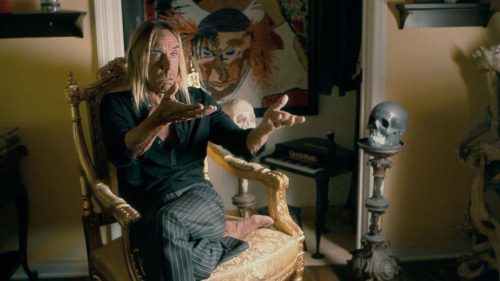
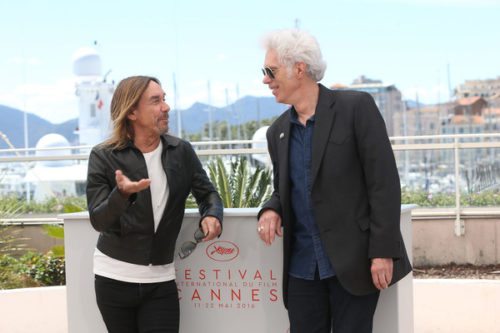
I had a similar view of Jarmusch’s Neil Young concert film, Year of the Horse maybe it was called?
Paterson sounds good though. Looking forward to that.